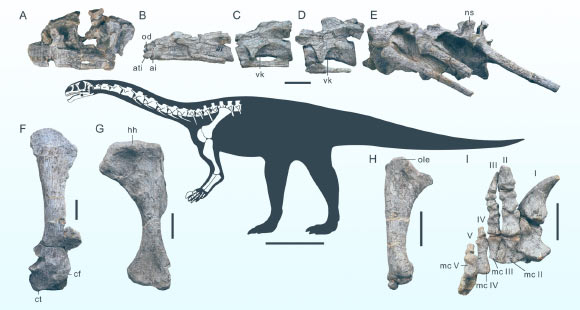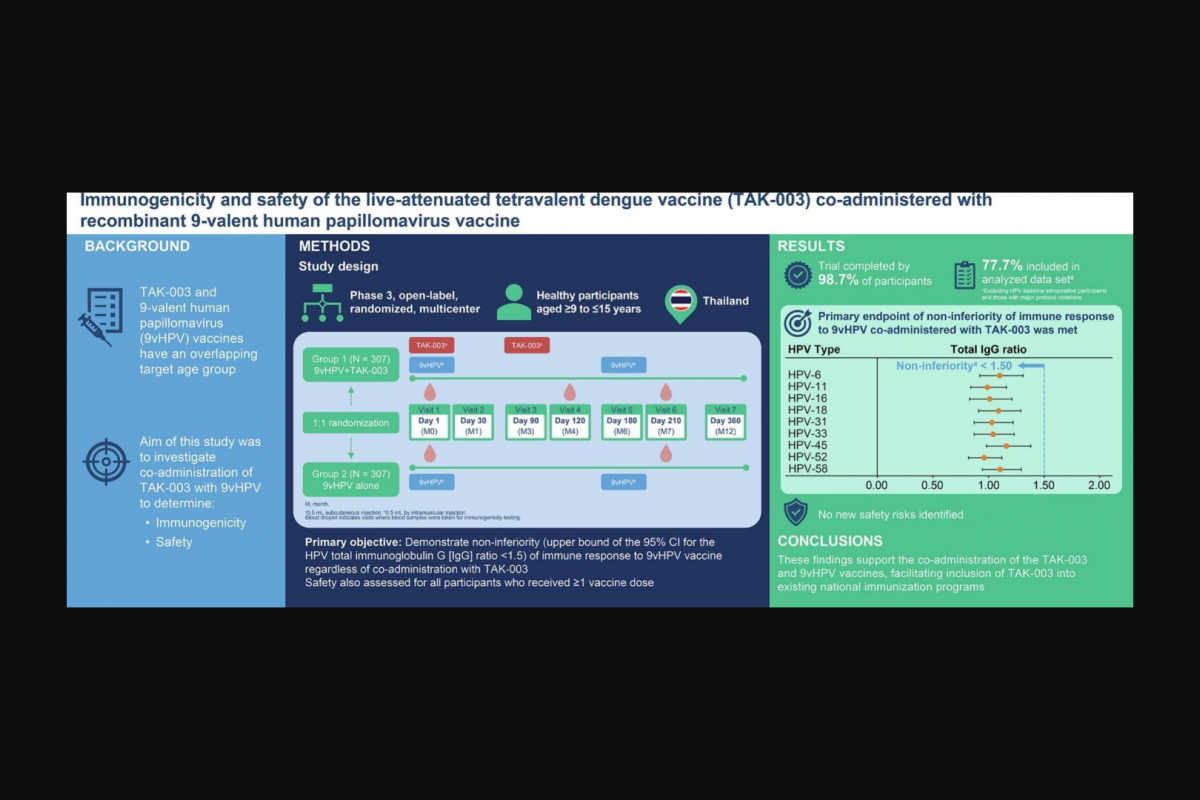“Dandelion,” the new song from go!go!vanillas, is the ending theme for season 2 of the TV anime SAKAMOTO DAYS, which is based on a popular comic. This sophisticated synth-pop tune, with its cozy groove and occasional trumpet flourishes, is a new departure for the group. It powerfully, heartrendingly depicts the feelings that legendary hitman Sakamoto, the main character of SAKAMOTO DAYS, has for his family and his views of life and death.
go!go!vanillas recently toured in support of their latest album, Lab. They played at small concert venues, music halls and arenas before selling out two consecutive days of shows at the Budokan, their first time playing at the venue.
Billboard JAPAN talked to them about “Dandelion” and about their next tour, which will start in October.
What kinds of things did you focus on when you wrote “Dandelion?”
Tatsuya Maki (vocals and guitar): I read the comic after they reached out to us about writing the theme song, and it really sucked me in. I loved how it took the feel of Shonen Jump comics, which I used to really be into, and then tweaked them with this modern innovative approach. I especially loved the fight scenes. I was fascinated by how you could feel the passion that Yuto Suzuki, the manga’s author, poured into them. I particularly liked the story covered in season 2, so I was really happy to be able to write the theme song for it. We’d written the broad outline of the song around last summer, after we finished working on our album Lab. When they approached us about doing a tie-up with the anime, I realized that this song we’d been working on would be a good match, so I wrote the lyrics to it. I thought about what I felt about SAKAMOTO DAYS—about Sakamoto, family, the ephemeral nature of existence, life and death—as I worked on the lyrics.
Pretty Keisuke Hasegawa (bass): There are a lot of great comics in Jump, but to some degree they all have a similar format. With SAKAMOTO DAYS, on the other hand, the characters and fight scenes are so original you think, “Where is this coming from?” What really struck me about it was how it can surprise and move you in new ways.
Shintaro Yanagisawa (guitar): It’s on its way to becoming the face of Jump, so I knew this was a hot property. The second season has a cool, almost movie-like feel. The way it combines that with the Jump aesthetic is impressive. The art just keeps getting better and better, and there are scenes where I find myself just impressed by the sheer quality of a drawing.
Jett Seiya (drums): Sakamoto met his wife at the convenience store she was working at. We have a song called “Convenience Love,” so I was like “Whoa, this is just like ‘Convenience Love!’”
What did you think when you heard Maki’s demo?
Yanagisawa: It really felt like our ending theme for SAKAMOTO DAYS (laughs).
Hasegawa: In my head, I made up animated ending credits and imagined them rolling as I listened to the song (laughs). I was like, “It would look really cool with art like this.”
Dandelions are a motif in a lot of songs. What made you choose them for this song?
Maki: Sakamoto is leaving a peaceful life with his family, the exact opposite of the life of a hitman, so I thought it would be fun to contrast his life then and now. His wife, who used to work in a convenience store, is named Aoi, which is a kind of flower, and his daughter’s name is Hana, which means “flower.” I wanted to bring him into the song, and I was thinking about how hard things must be for him, given the brutal world he used to be part of. Dandelions are called that because they resemble the teeth of a lion, so I went with the name “Dandelion.” Sakamoto is physically strong, but he has something fragile he needs to protect: his family. That fleeting ephemerality is like dandelion fluff. It stings, in a way. That makes it perfect for Sakamoto.
Did the process of writing the lyrics go smoothly?
Maki: Yes, the words just flowed out. I thought about what I’d be feeling if I were Sakamoto, and it felt like I’d be supporting my family from the shadows. He’s killed countless people, but he’s also brought new life into this world, in the form of his daughter. But he can’t just forget everything and live a brand new life. There are a lot of comedy elements, but I focused on the parts with a more serious tone.
For this song, having the room for sonic exploration is very important. What mentality did you take to working on the song?
Seiya: I approached it with the feeling you’d have the morning after a battle (laughs). A feeling of being drained, and finally being able to go back home.
Yanagisawa: The vocal melody is beautiful, so I didn’t want to get in its way. Instead of using a counter-melody approach, which I use in a lot of our songs, I decided to go with chord work. The chords were about 70% done in the demo, so when I wrote my own guitar additions, the idea was that they would be fused together with the synth lines.
Hasegawa: For the bass, instead of having a bold presence, I wanted to make it float through the song. Like, even after I cut off a tone, I wanted it to feel like it was still floating there. That was totally different from the style of bass I’ve played in the past, so it was quite a struggle.
Maki: I feel like the bass work was the biggest new challenge. Instead of filling in the spaces, we wanted the listener to be able to bask in the afterglow, such as by using sustain. During recording, too, we concentrated on the bass more than anything else. But you can’t overthink things. This kind of goes along with what Seiya was saying earlier, but we wanted a sound with a down-to-earth human feeling in the middle of an inorganic backing, perfectly balanced so that it wouldn’t go overboard in damping that sense of sway. Your mindset can have a lot of impact on that. There’s no ‘right’ answer, which makes it hard. Pretty and I bounced ideas off each other, and it was a difficult process.
This new song represented a new sound design for go!go!vanillas. Did it draw inspiration from any other songs?
Maki: We thought about the feel of M83, a French band, and about the blending of analog synths with rock band arrangements that was so popular back in 2005. For the bass, especially, we worked on the sound to give it sustain and a solid sub-low bottom.
“Dandelion” is a very fresh-feeling song.
Maki: From the demo stage, it was a song with a lot of sonic space. When I realized that this song would be a good fit for a theme song, I started to think about how popular anime has become overseas, and how many people listen to anime theme songs now, so I wanted to add something Japanese to it. We’d tried using a UK-like approach to playing, and we’d also tried for a vibe like The Weeknd, but as I worked on the song I wanted to use more Eastern lyrics and melody.
In May, you put on your first solo show in Seoul. After that, you played in festivals in Brighton and Paris. What were your overseas show experiences like?
Maki: When we were still amateurs, nobody knew us, so at our shows it all came down to making that first impression. Now, when we perform in Japan, there aren’t many shows with that dynamic, but playing overseas, it felt like a new frontier. That really energized us, and it was a lot of fun.
Hasegawa: Even if we couldn’t communicate in words, we were able to play the music we loved, so it was a blast. For the first time, I could viscerally feel that music transcends the language barrier.
Maki: Right. people at our overseas shows said “Your energy slays,” and it made me realize that of the many aspects of music, overseas listeners particularly value passion and energy.
Yanagisawa: It was neat seeing the crowd go wild in different places than a Japanese crowd. Partly because of that, we went more aggressive than we do in Japan, putting passion into every part of our sets (laughs). The venues were small—the audience was right in front of you, it was like you could just reach out and touch them. The stages were also low, so you were almost at eye-level with the audience, which was exciting. Any passion you put out there, the audience gave that same passion back.
Seiya: It was fun seeing the rest of the band going wild from my position at the back of the stage. It was like “Usually Shintaro doesn’t bob his head in that part,” or I’d see Pretty’s sweat flying off onto the people in the front row, or the expression on Maki’s face would be like when he was going wild at a show 12 years ago (laughs). As for Brighton, on the first day, we had our hands completely full just playing, but on the second day we were able to make some improvements and maintain a better balance.
Yanagisawa: On the first day, there was a big panic until right before we went on stage because my equipment broke, so there was no guitar output. There weren’t many monitors, either, and the environment and the interfaces were totally different than in Japan, so it was a struggle.
In October, you’re going to be starting a music hall and arena tour. What kind of tour do you want it to be?
Hasegawa: We’re going to be playing at halls and arenas—big venues—so we’ll be putting on shows in a different way than we would at a small concert venue in the UK. But I think what’s really important is putting out that energy and reaching people’s hearts. I want to make the fullest of our different experiences playing in small concert venues, arenas, and overseas venues.
Yanagisawa: I think we’ll be able to reveal some new songs around when the tour starts, so I hope we’ll be able to put on really great performances of those songs, too.
—This interview by Kaori Komatsu first appeared on Billboard Japan











